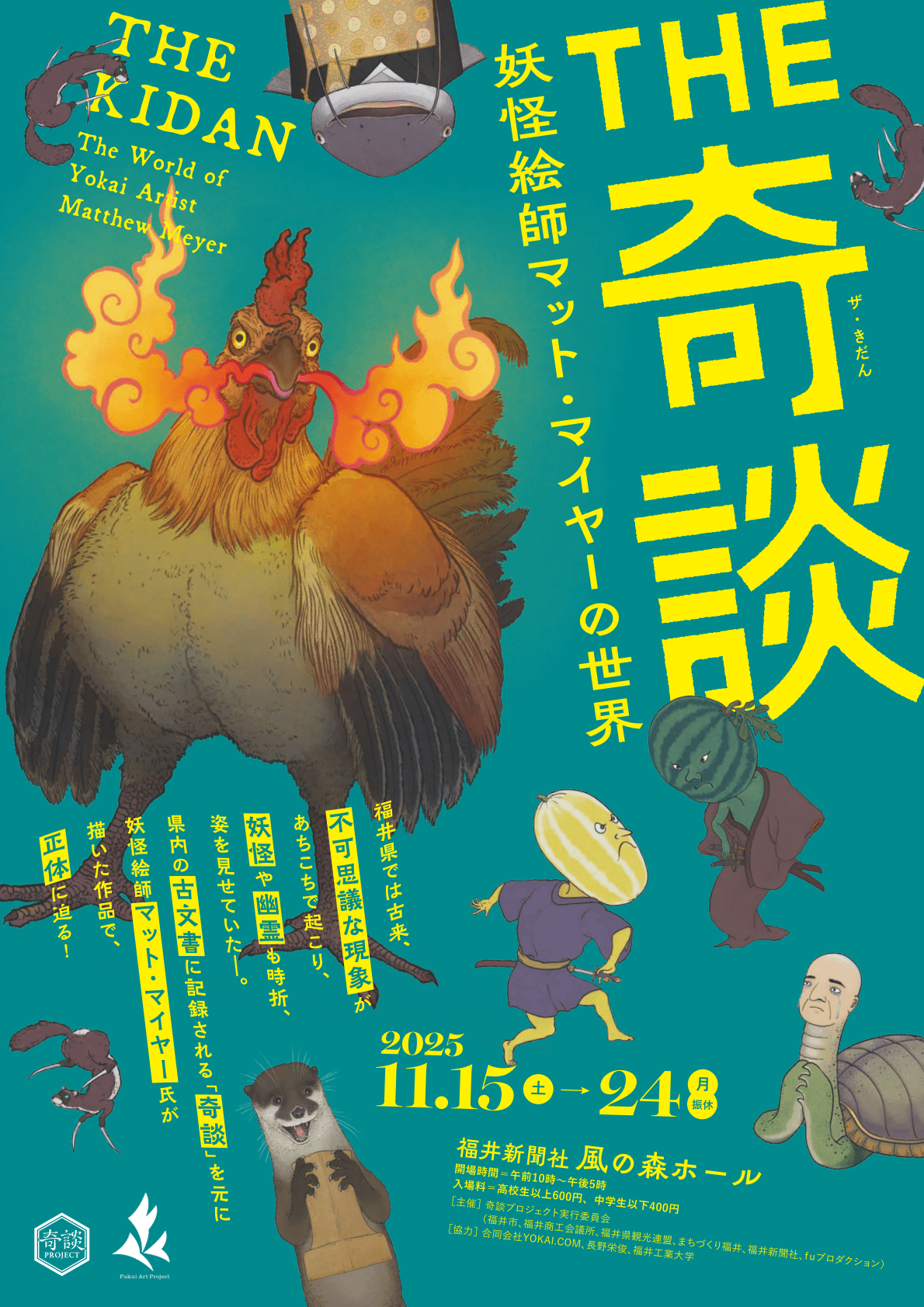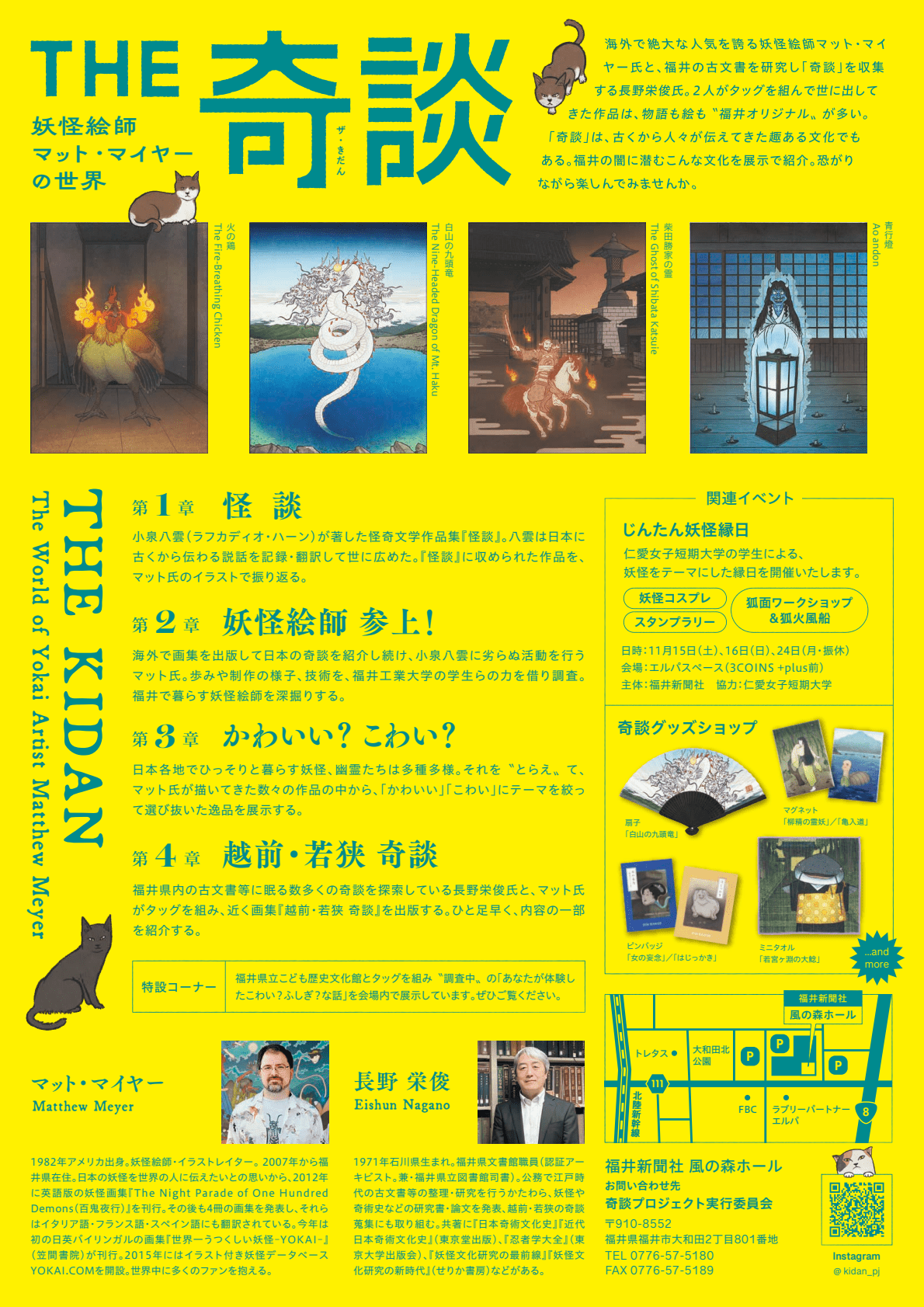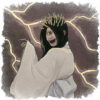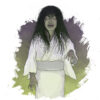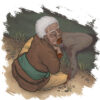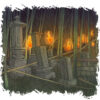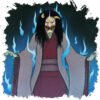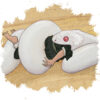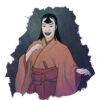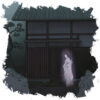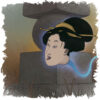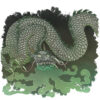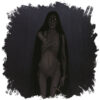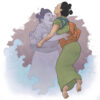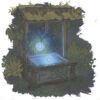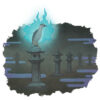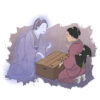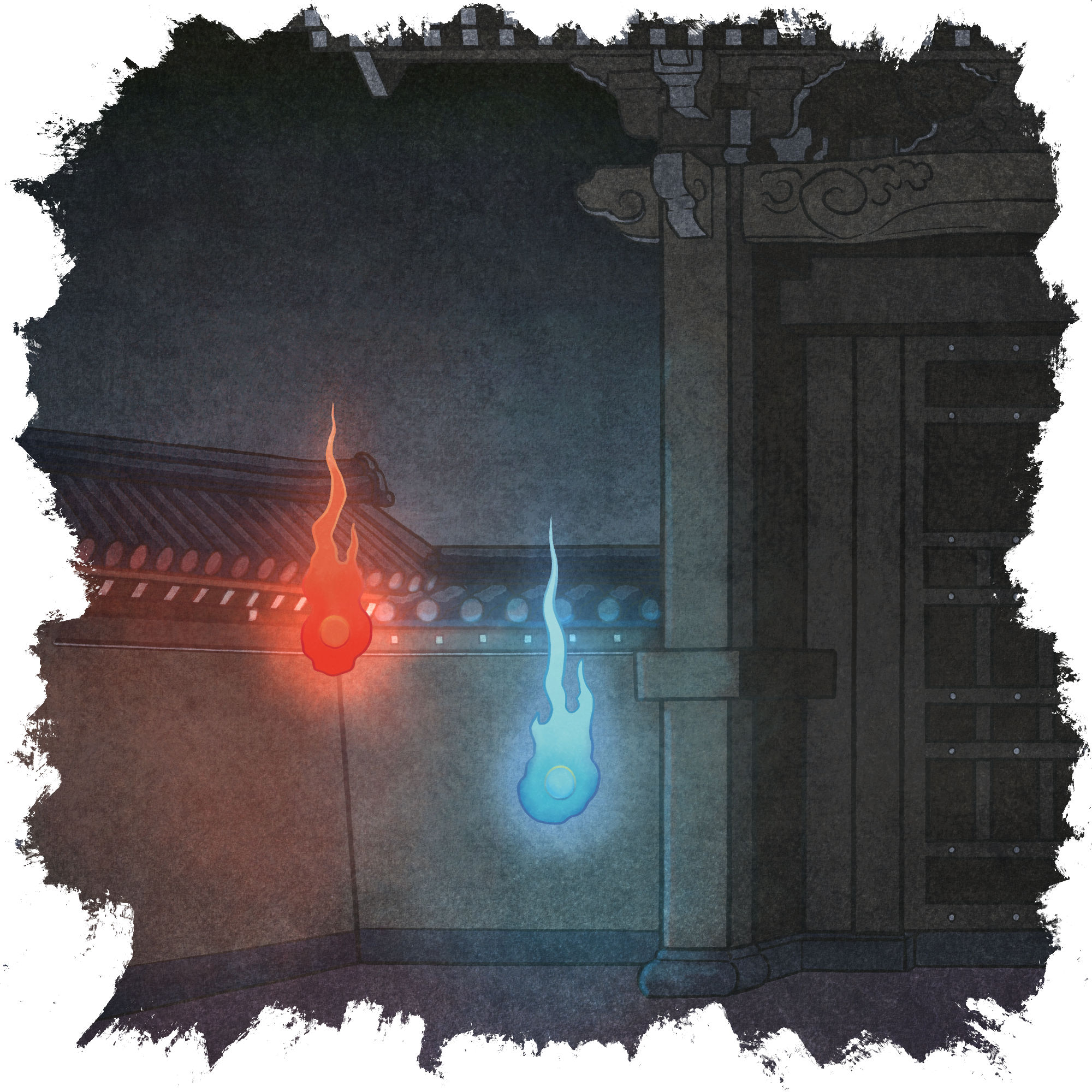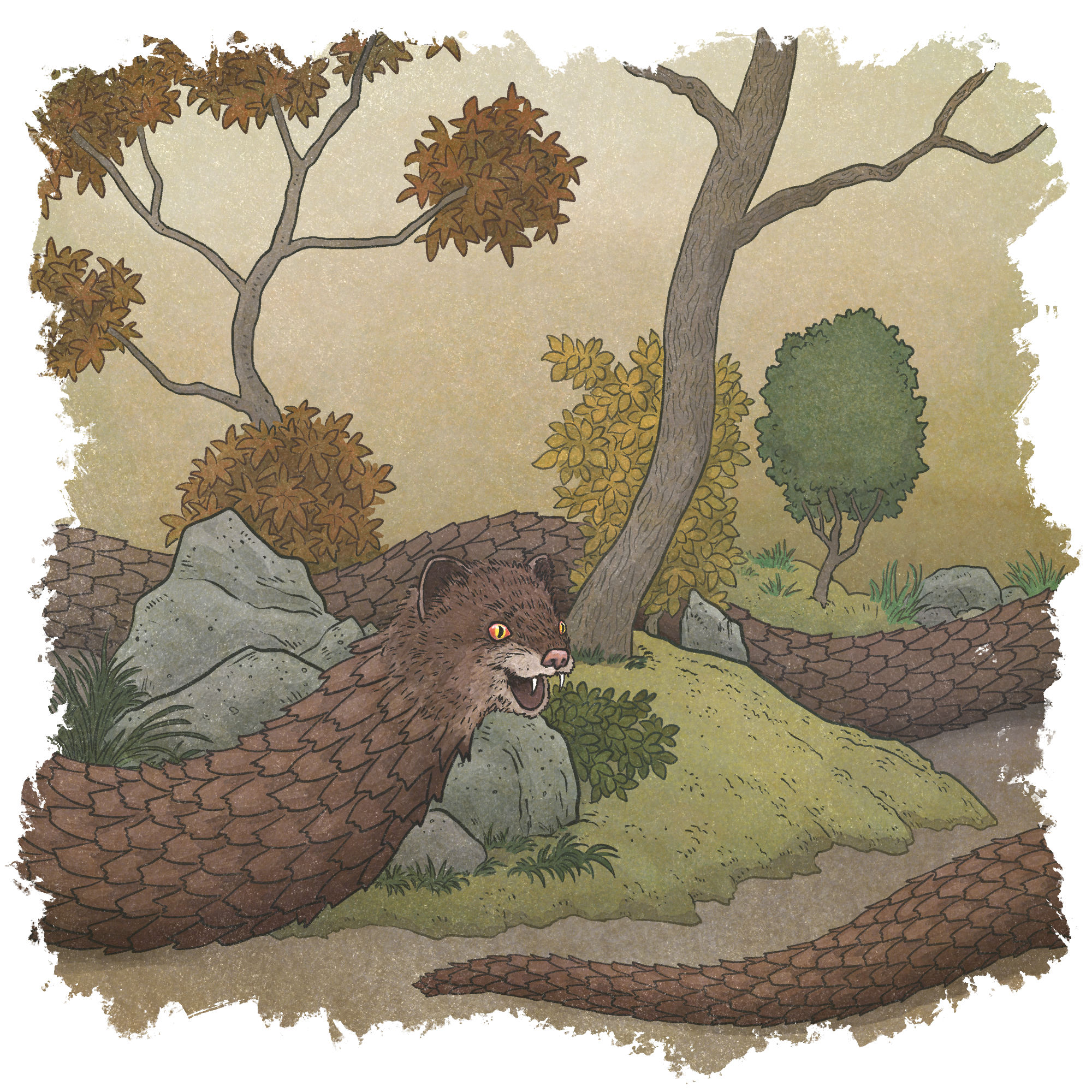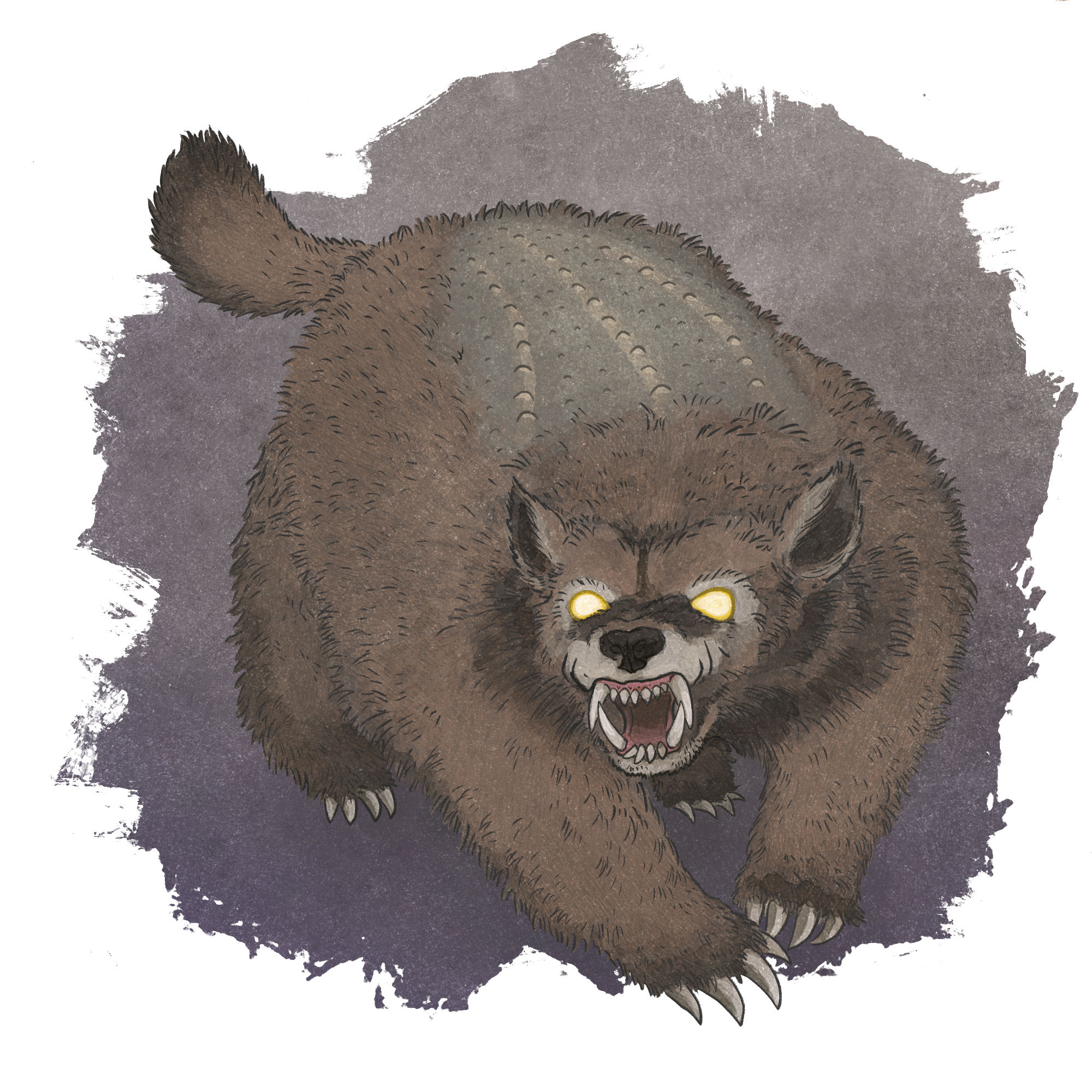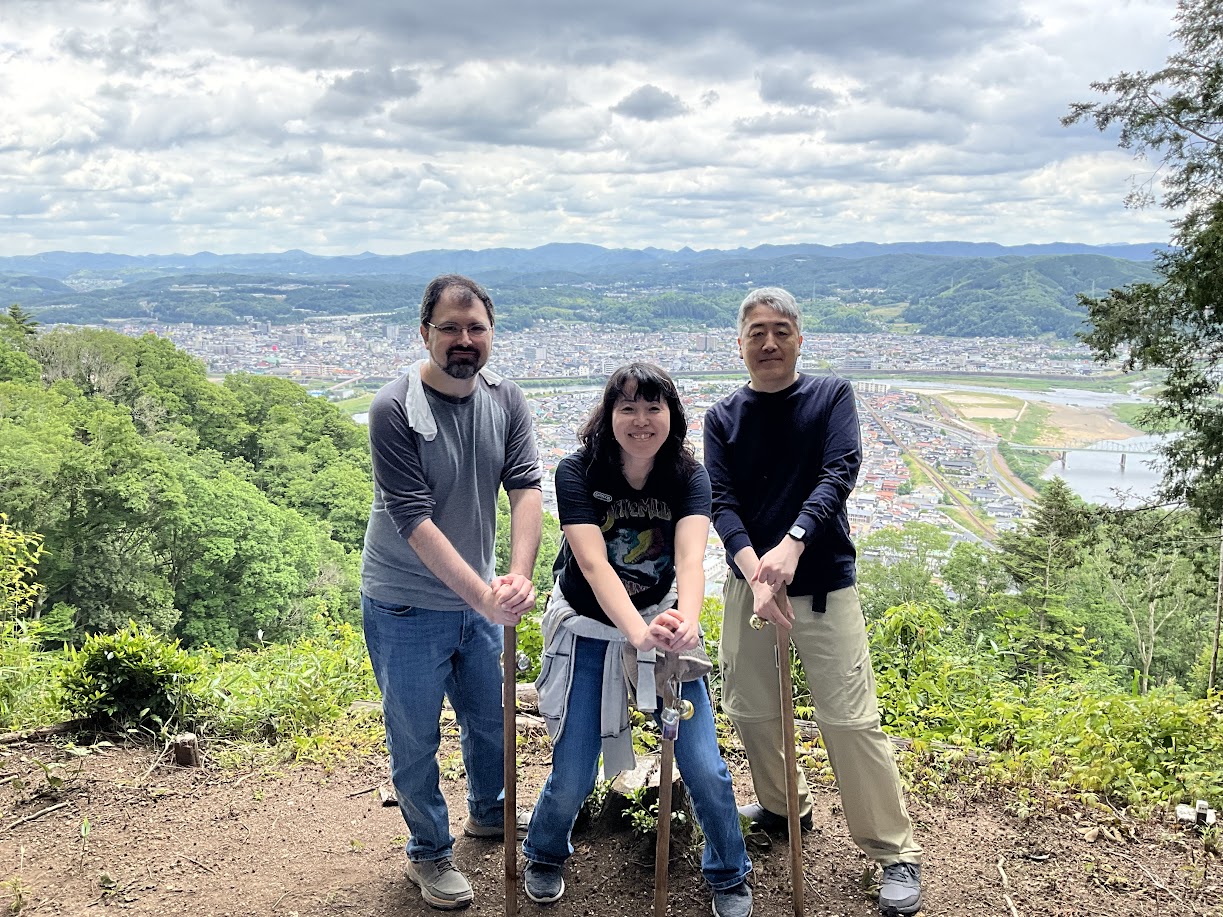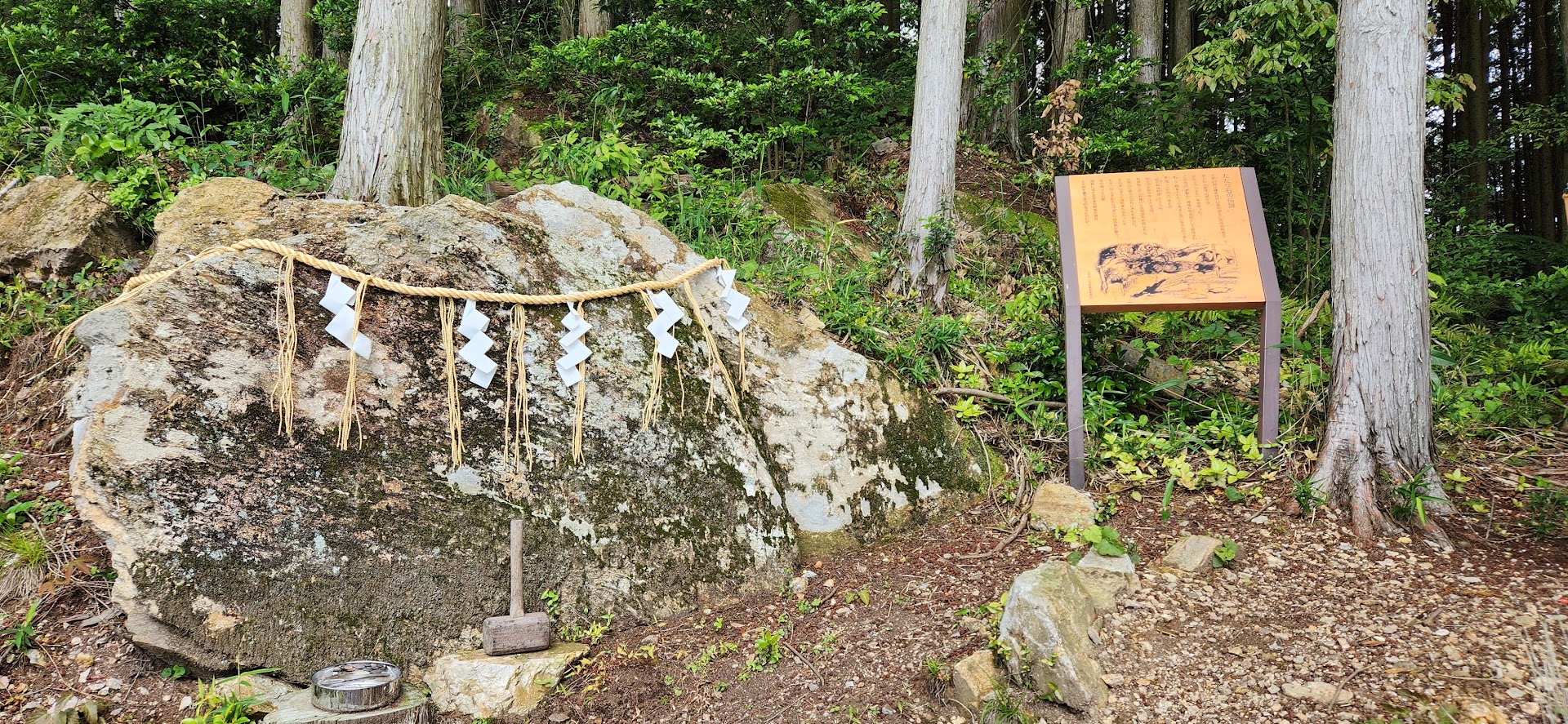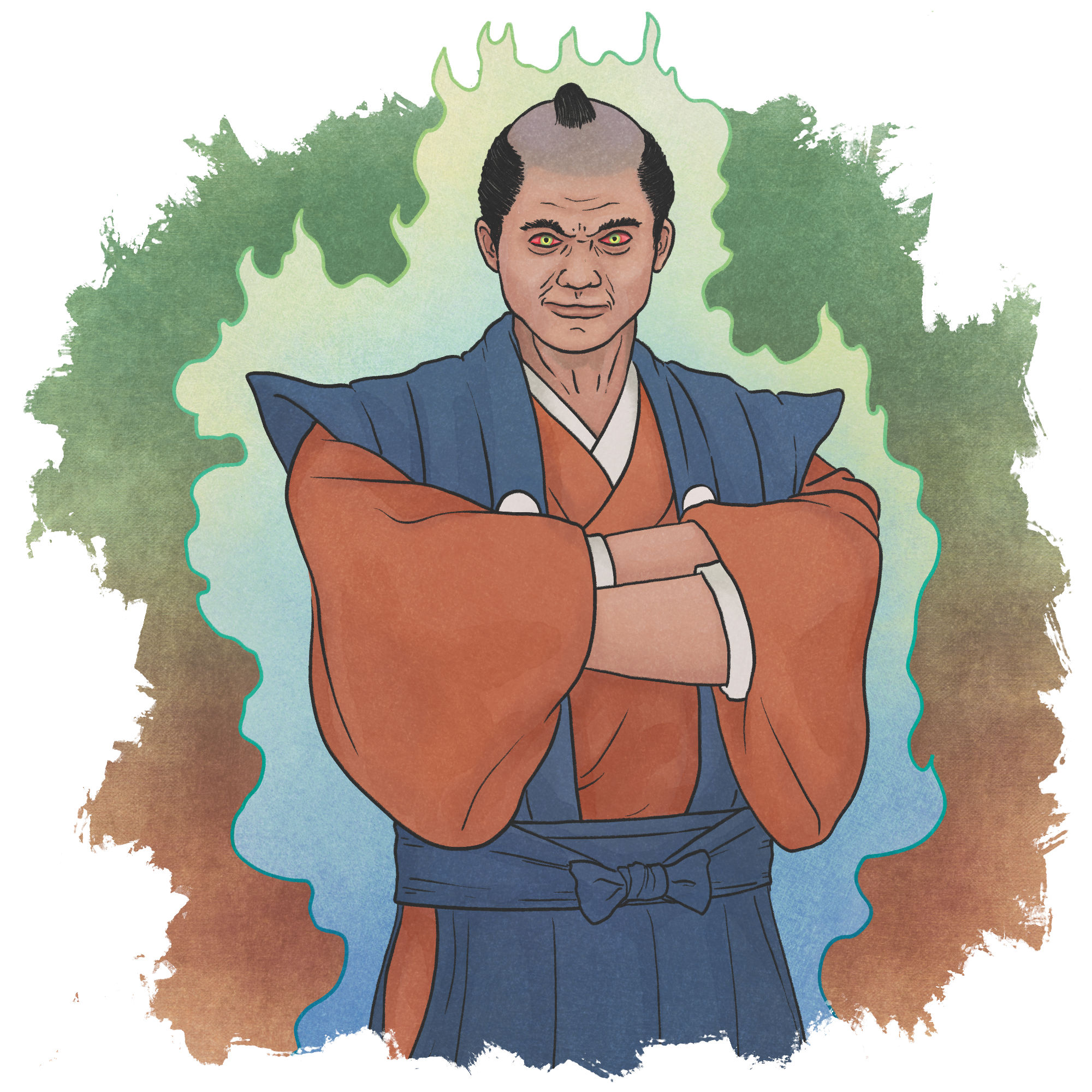With only a few days left in October, I thought it would be fun to turn up the dial on creepiness! Tonight’s story mixes humor and horror — two things that go together better than anything else. As someone who loves shopping at second-hand stores, there’s always some element of mystery with each item. You wonder who its previous owners were, what sort of things it saw, why it was sold. If the item was haunted, would you want to know? Would you keep it? In the case of this particular stove, a little investigation pays off!
The Strange Stove
This happened a long time ago. A day laborer living in Kaitai-chō bought a stove, set it up in his home and began cooking with it.
On the second night, he looked at the base of the stove and was startled to see a dirty priest’s hand emerge from beneath it. The next night he tried it again, and sure enough a priest’s hand emerged in the same way.
He thought, “If I install a box underneath the stove and fill it with split firewood, nobody will be able to get in.” But, bothered by how disturbing it was and at a loss over what to do, he went back to the place he bought the stove from.
“That stove is no good. Please exchange it for a different one,” he asked.
He paid a little bit more than the original price, but he swapped it for a different stove. After that, nothing strange happened.
Now, it came to light that one of his fellow day laborers had procured the first stove, and when he asked where it had been purchased, it turned out to be the same shop where he had bought and returned it. A day or two later, he visited his fellow day laborer.
“It’s the strangest thing… every day something eerie happens beneath that stove,” he said.
The man said, “In that case, let me tell you my story… I also bought that stove, but something eerie happened so I brought it back and exchanged it. You should probably exchange it too.”
And so, this man also paid a little extra and exchanged it for a different stove.
The man found it all too strange, and he went to the secondhand shop he had bought it from and asked, “What happened to that stove?”
The dealer replied, “I sold it to someone else, but it came back again.”
So the man explained the whole story in detail.
The dealer became somewhat angry and said, “There is no way that could happen! That would ruin my business.”
“If you think so, put it in your own kitchen and try it yourself,” replied the man, and then he left.
The secondhand dealer thought, “There must be some reason it was returned from not one but two places…” And he set it in his kitchen and used it to boil tea. That night he watched it carefully, and sure enough, a dirty priest’s hand reached out and crawled around. At dawn, he smashed the stove to pieces. Upon doing so, five gold coins fell out of one of the corners.
Some said that a monk or the like must have stashed a few gold coins there before he died, and his spirit lingered behind.
